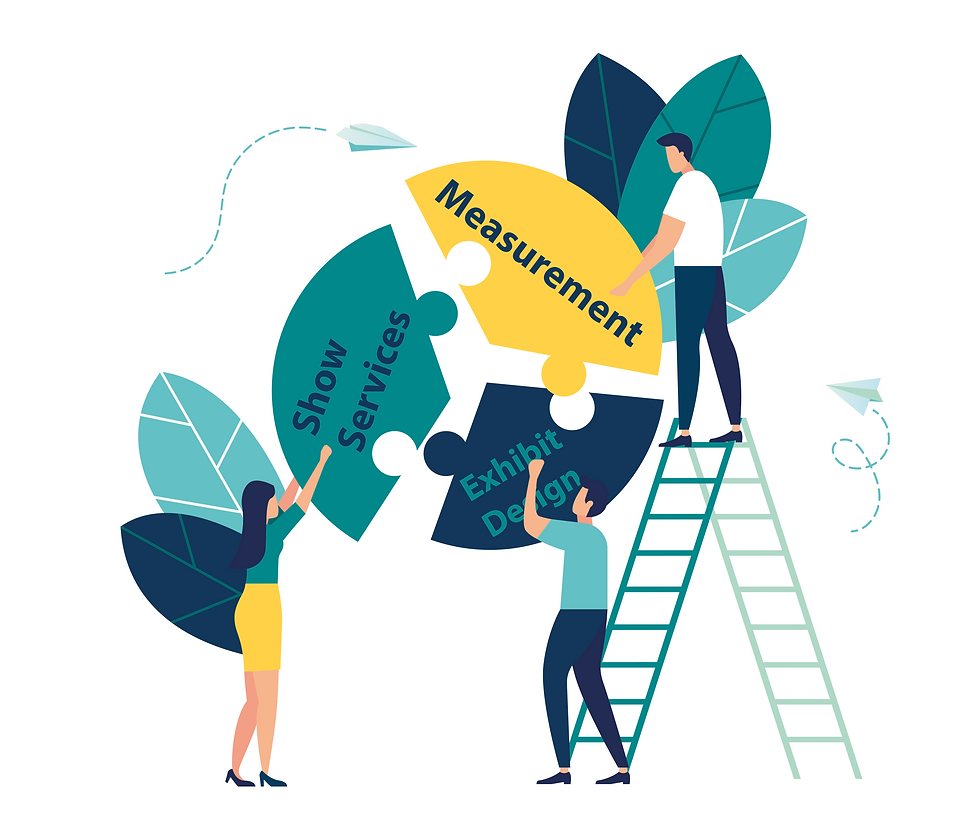Here's How to Improve Your Retail In-Store Customer Journey
- fs-partners
- Oct 17, 2019
- 2 min read

The time between a customer entering your retail store until they exit is a crucial moment you have to meet and exceed their expectations. Your time is limited but the customer journey must be smooth and seamless. By understanding this journey, mapping it and taking action to improve, you can change the customer experience and in-store customer journey for the better.
Understanding the Shopper’s Journey
Mapping the customer journey can be a valuable activity. It allows you to see the shopping experience from their perspective. The information gathered during this exercise is helpful for both management and associates.
The journey starts with the awareness stage. Customers already know of your store and their shopping needs when they walk in. You can nurture their curiosity in this phase with an interactive display just outside your store; inviting them in with the latest promotions. Next is the engagement phase. This is the time to use your in-store sales and marketing efforts to engage the customer, who already is a good prospect at this point.
After engaging, you must assist your customers through the consideration phase. This is the final push that convinces them of the right products to buy. Once this happens, they enter the purchase phase. Even at this stage, if the checkout process is not well-structured, it’s possible to frustrate the customer and lose the sale. Monitoring this entire process, through to checkout lines, is crucial to ensuring a positive customer journey, securing loyalty, and facilitating a purchase.
Once a customer has made a purchase, they enter the post-purchase phase. While you already have converted the customer into a buyer, the journey has not ended yet. You can focus on building the relationship and making sure the customer remembers your store. Providing follow-up customer service is invaluable. There will also be other opportunities to market new products and promotions to these customers. Reengaging and remarketing in the post-purchase phase extends long after the day of the initial purchase.
Using Analytics to Improve the Customer Experience
Through mapping the different stages of the in-store customer journey, you can create concrete methods and quantify important metrics that enable continuous improvement of the customer experience. Capturing in-store data, and data from traffic near your storefront interactive displays, allows you to analyze what is working and not working. FastSensor provides both the traffic tracking sensors and the analytics.
By using analytics, you can understand product demand, the main purchase points, and how much traffic your displays are attracting. Mapping out the customers’ journey and doing the analysis can help you identify bottlenecks and friction points. Measuring the time customers spend engaging with a product and the time spent waiting to purchase also are important metrics because you learn when and where a customer becomes a buyer. All this is useful information to improve service times and to optimally position products.
FastSensor provides the technology that stores need to make decisions about the in-store customer journey. Tracking and analyzing key metrics such as engagement, loyalty, traffic heat maps, dwell time and conversion can help management with planning, marketing and improving sales. Contact us now to learn about our state-of-the-art software.




Improving the in-store customer journey is essential for boosting satisfaction and loyalty. Retailers like Kroger actively seek feedback through the Kroger Feedback survey to better understand customer needs. This approach helps optimize store layouts, reduce wait times, and enhance the shopping experience for every customer.